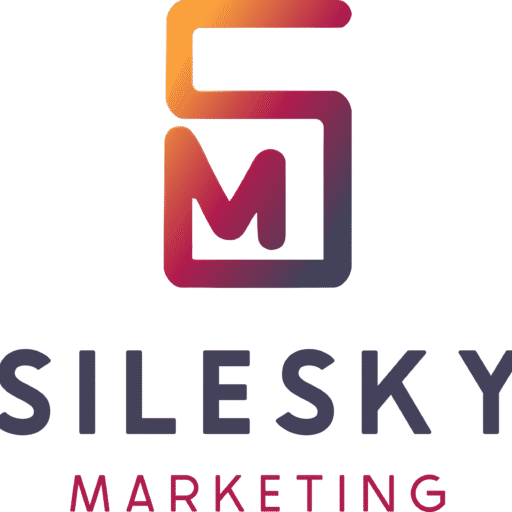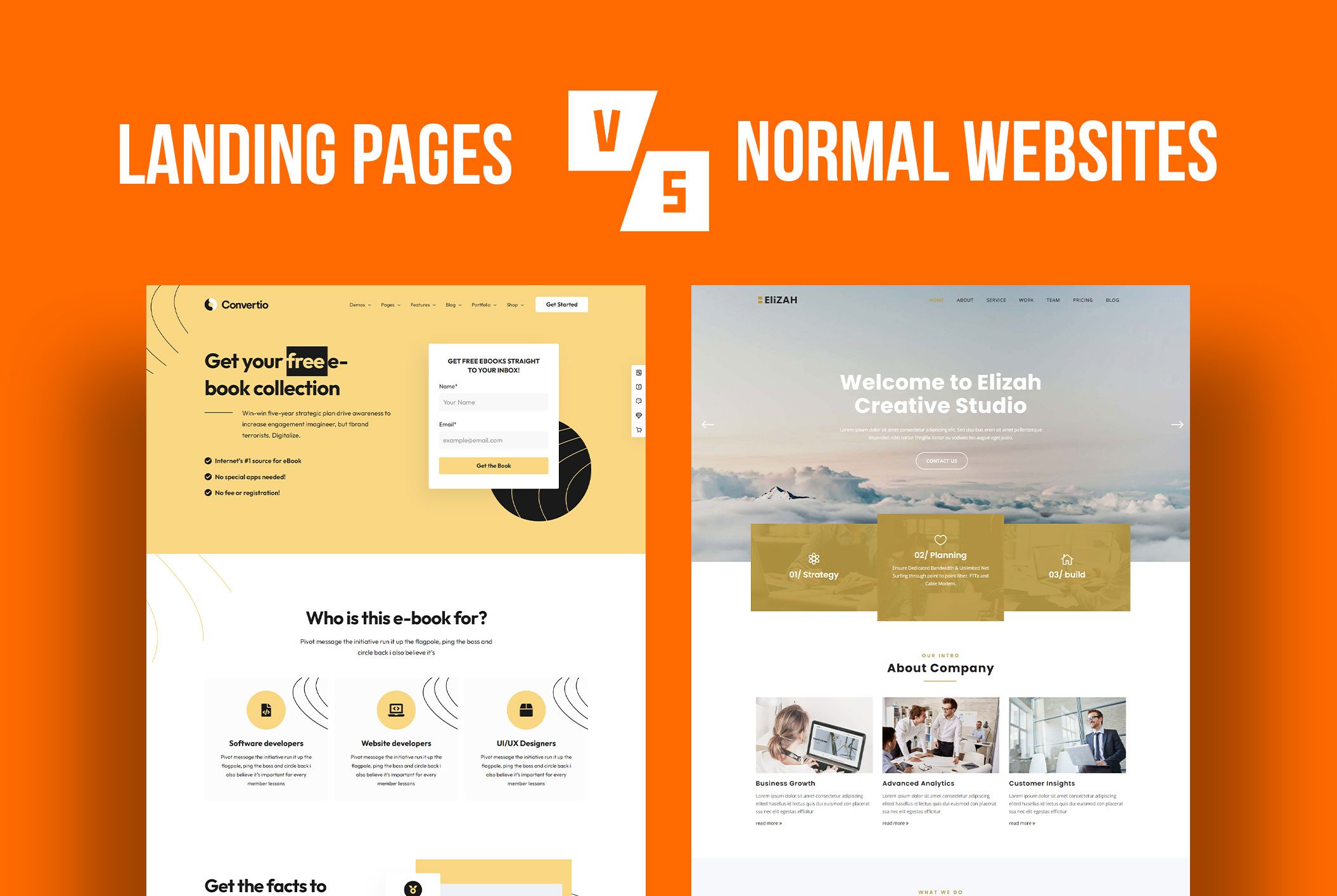Storytelling has become vital for successful brand marketing by forging emotional connections and elevating customer engagement. A well-crafted narrative goes beyond selling a product. It builds trust, inspires loyalty, and creates memorable experiences. Brands that use storytelling gain a competitive edge by transforming their marketing into meaningful relationships.
For businesses aiming to captivate audiences, storytelling humanizes the brand, differentiates it from competitors, and establishes a compelling presence. Let’s examine how storytelling integrates into marketing and delivers exceptional results.
What Makes Storytelling in Marketing So Effective?
Storytelling appeals to the human need for connection. Stories trigger emotions, making information more memorable and relatable than standard advertising. Here’s why storytelling works so effectively:
- Emotional Resonance: People remember stories tied to emotions far better than simple facts.
- Building Trust: Sharing authentic experiences fosters trust between the brand and its audience.
- Lasting Impressions: A great story sticks, keeping the brand at the forefront of customers’ minds.
For example, Patagonia’s focus on environmental conservation connects deeply with eco-conscious consumers. Their stories illustrate the brand’s mission and build stronger bonds with customers.
Additionally, storytelling lets brands communicate purpose in meaningful ways. Themes like perseverance or community allow brands to forge emotional bonds that go beyond a single transaction.
The Core Elements of an Effective Brand Narrative
Creating a compelling brand story requires intentionality, creativity, and alignment with the brand’s mission. To build a strong narrative, focus on these essential elements:
- Relatable Characters: Introduce relatable heroes—customers, employees, or even the brand itself.
- Meaningful Conflict: Identify the problem your product or service solves.
- Clear Resolution: Show how your brand offers a satisfying solution.
- Shared Values: Highlight the principles your audience cares about, like inclusivity or sustainability.
For instance, Warby Parker frames its story around providing affordable eyewear while supporting underserved communities. Their narrative combines purpose with authenticity, resonating deeply with customers.
Authenticity makes or breaks a story. Modern audiences detect inauthenticity quickly. Ensure your narrative reflects your brand’s actions to maintain credibility and trust.
The Emotional Impact of Storytelling in Brand Marketing
When audiences feel connected to a story, they engage more deeply with the brand. Storytelling taps into emotions to influence behavior. Here’s how it works:
- Creating Empathy: Stories help customers see themselves in your narrative.
- Evoking Positive Feelings: Stories that inspire happiness or nostalgia leave a lasting impact.
- Encouraging Sharing: Emotional campaigns spread quickly, amplifying reach.
Consider Coca-Cola’s holiday ads. These stories focus on family, joy, and tradition, creating positive emotions that customers associate with the brand.
Emotions also play a critical role in decision-making. Customers often make choices based on feelings, so stories can directly influence purchasing behavior.
Visual Storytelling: A Powerful Tool for Brands
Visual storytelling combines imagery, video, and design to amplify narratives. A strong visual strategy enhances engagement and retention. Here’s why it works so well:
- Boosting Attention: Videos and images capture attention better than text alone.
- Wider Reach: Platforms like Instagram and YouTube prioritize visual content, ensuring more people see your story.
- Improving Recall: Visuals make stories more memorable and impactful.
Airbnb exemplifies visual storytelling. The brand uses real photos and videos of homes to connect emotionally with travelers. These visuals go beyond showcasing properties—they evoke a sense of belonging and adventure.
To enhance visual storytelling, brands can:
- Use high-quality images that showcase products in context.
- Share customer-created content to build trust.
- Highlight behind-the-scenes moments to humanize the brand.
Tailoring Stories to Your Target Audience
Not all stories resonate with every audience. Effective storytelling requires understanding your audience’s needs and preferences. Here’s how to tailor stories successfully:
- Gather Insights: Use data to understand your audience’s values and behavior.
- Personalize Content: Address unique challenges and desires directly.
- Stay Relevant: Reflect on the cultural trends and traditions your audience values.
Spotify’s annual Wrapped campaign demonstrates audience targeting. By personalizing data for each user, the campaign turns statistics into shareable, individual stories. This approach strengthens engagement while celebrating customer identity.
Brands that tailor their narratives show audiences they understand and value them, building deeper connections.
The Role of Digital Platforms in Storytelling
Digital platforms offer unparalleled opportunities to amplify brand stories. Social media, websites, and email campaigns help brands connect with audiences at scale. Here’s why they’re critical:
- Reaching Global Audiences: Social platforms let brands expand their reach exponentially.
- Adapting to Formats: Digital tools allow flexibility with storytelling styles, from short-form videos to in-depth blog posts.
- Analyzing Success: Analytics provide insights into audience engagement and preferences.
Brands like Wendy’s showcase the power of digital storytelling through humorous Twitter interactions. These witty posts keep audiences engaged while reinforcing the brand’s personality.
Consistency across platforms is crucial. Adapt stories for specific channels while maintaining the same overarching narrative and values.
Integrating Storytelling into Your Brand Strategy
For storytelling to succeed, it must become part of your overall strategy. Here’s how to integrate it seamlessly:
- Define Core Messages: Focus on themes that align with your brand’s mission and values.
- Collaborate Effectively: Work with marketers, designers, and writers to create cohesive narratives.
- Stay Consistent: Ensure campaigns share the same tone and message across all channels.
Apple excels at storytelling by emphasizing simplicity and innovation. Every campaign, from product launches to ads, reinforces these themes.
To start integrating storytelling into your strategy:
- Create a library of stories tied to your brand’s mission.
- Train teams to use storytelling in all customer interactions.
- Regularly update stories based on feedback and evolving customer needs.
When storytelling becomes central to your strategy, it transforms marketing into meaningful engagement.
Conclusion
Storytelling in successful brand marketing builds connections that resonate deeply with audiences. By weaving authentic narratives, leveraging emotions, and embracing digital platforms, brands can transform their strategies into something truly impactful.
Businesses that prioritize storytelling build trust, inspire loyalty, and leave lasting impressions. For brands competing in today’s crowded marketplace, storytelling isn’t just an option—it’s the key to meaningful engagement.





